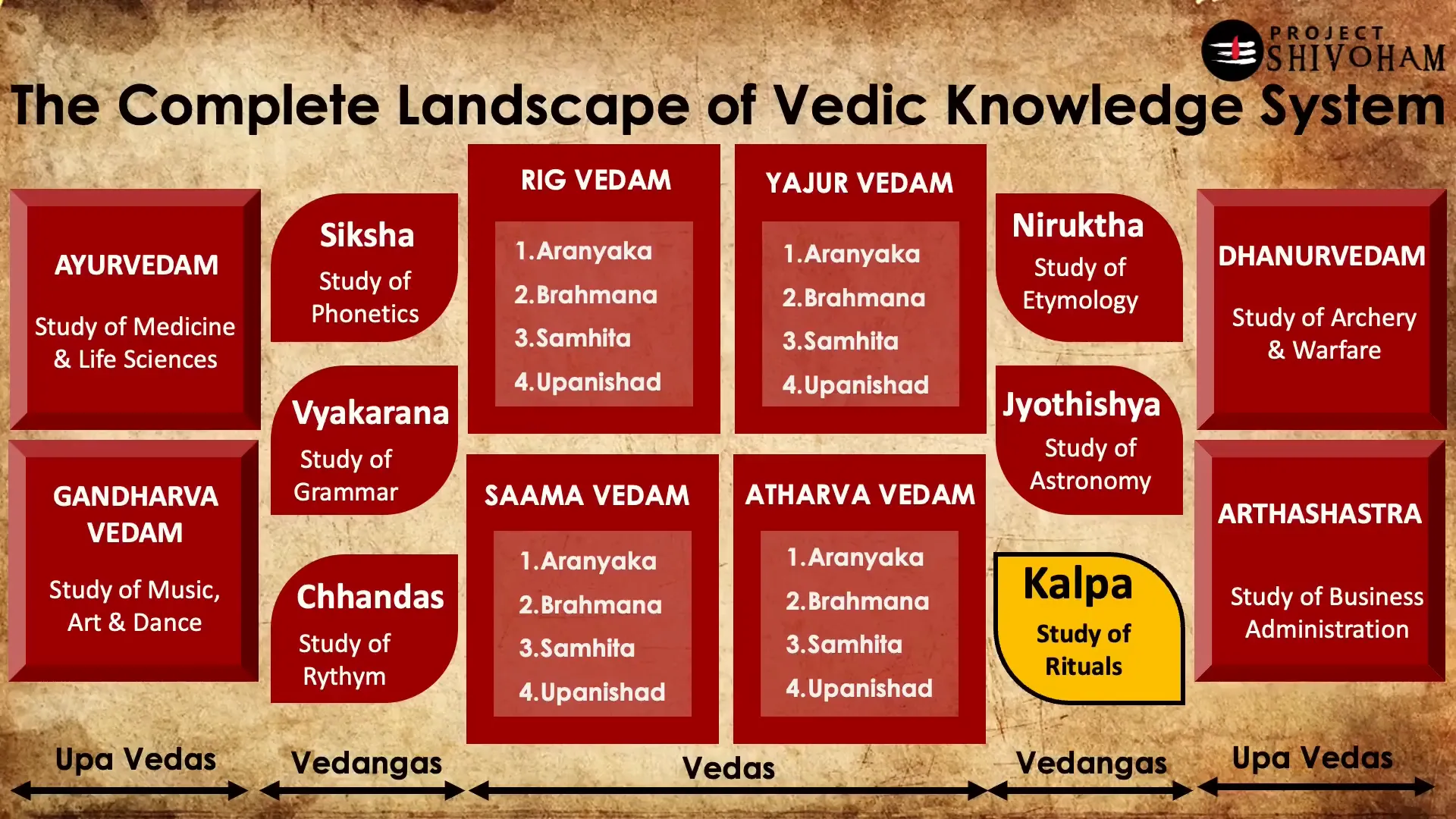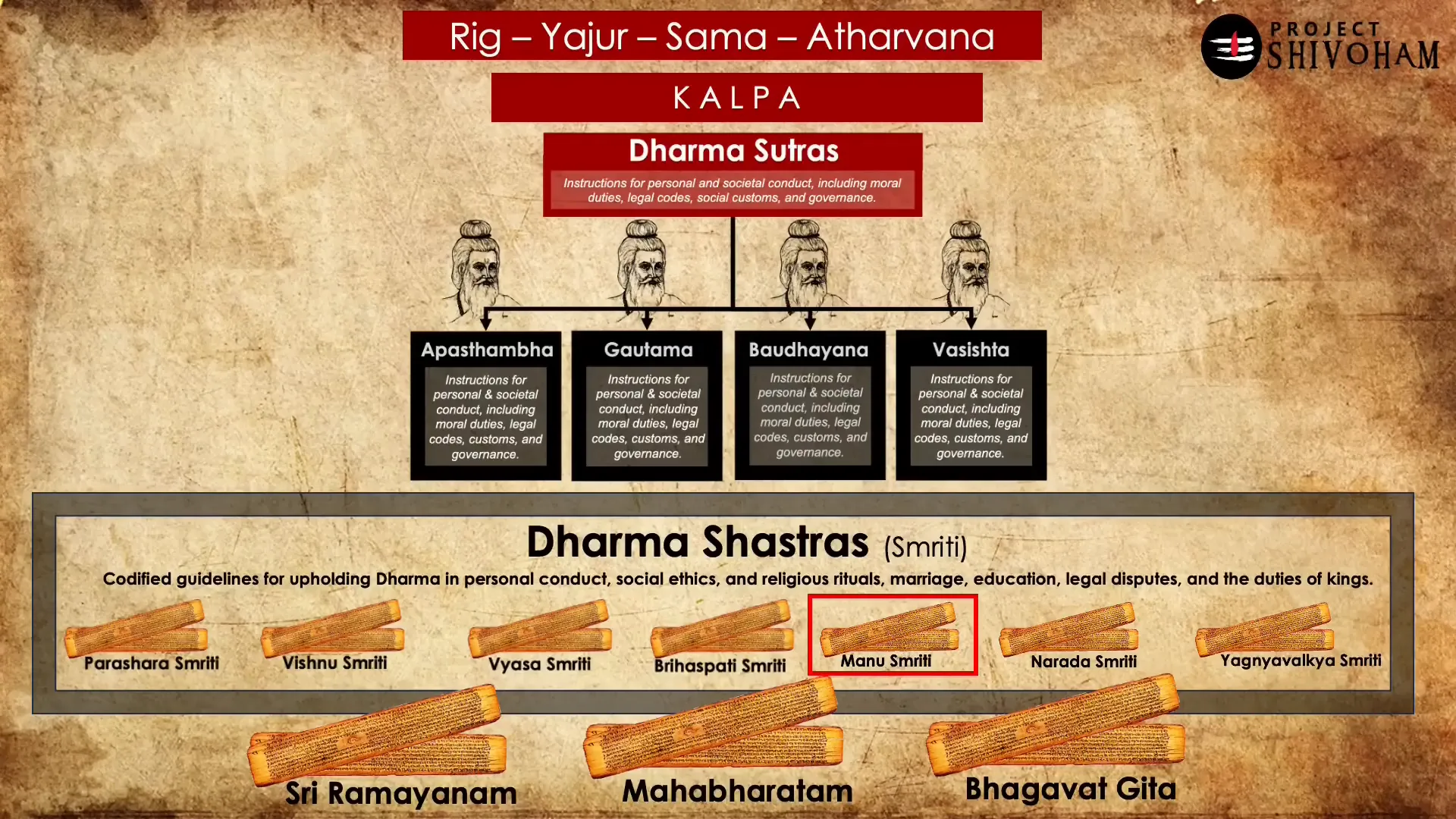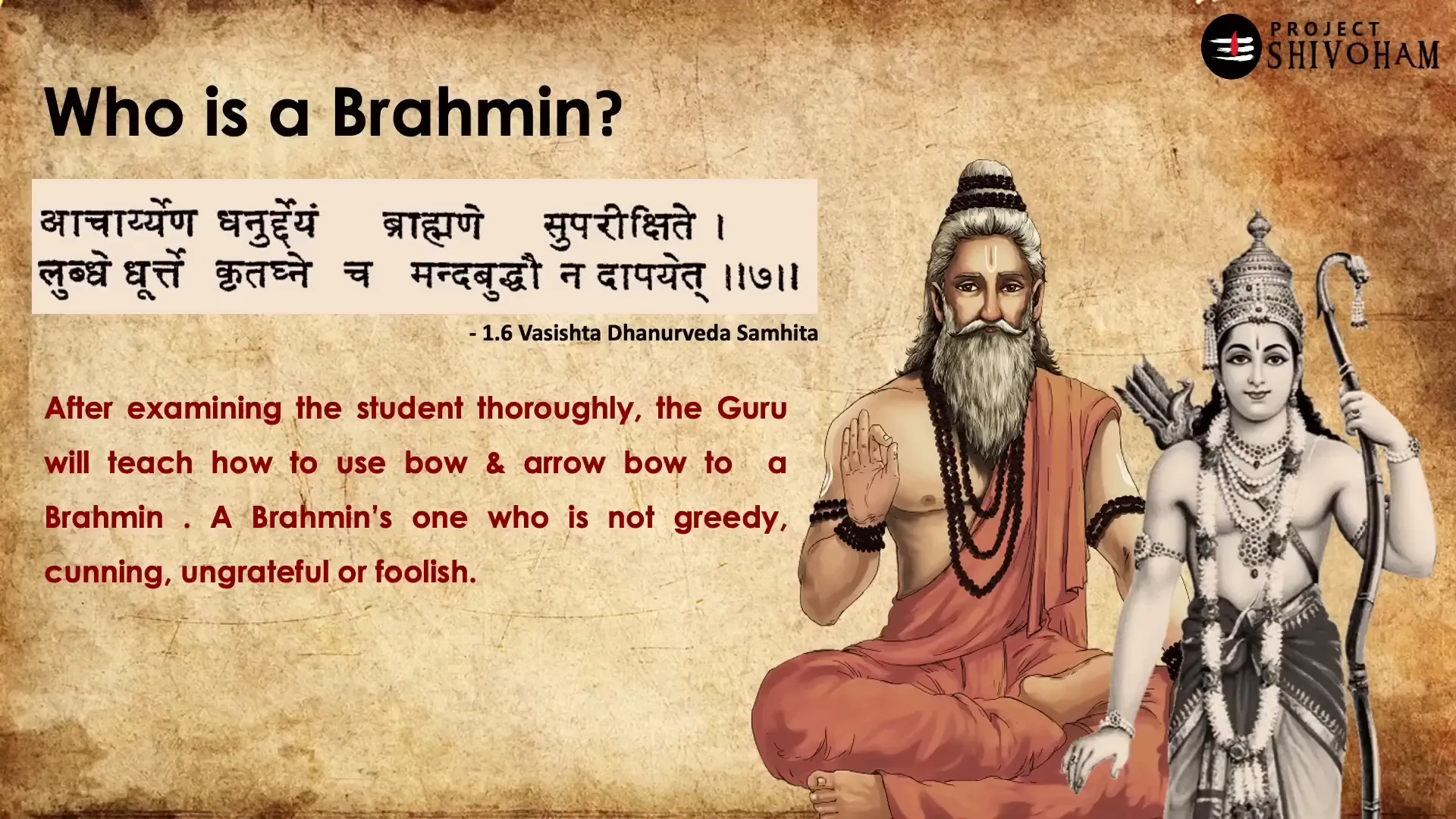The Manusmriti, often regarded as one of the most controversial texts in Hinduism, raises numerous questions about its origins, interpretations, and implications in contemporary society. In this blog, we will explore the intricate layers of the Manusmriti within the broader context of Vedic knowledge systems, shedding light on its role in shaping societal norms and legal frameworks in India.
Table of Contents
- Introduction to Manusmriti
- The Controversy Surrounding Manusmriti
- Conclusion: Embracing the Complexity of Dharma
- FAQs
Introduction to Manusmriti
The Manusmriti, often referred to as the Laws of Manu, is a critical text in Hindu philosophy and jurisprudence. It serves as a guide to ethical and moral conduct, outlining duties and responsibilities for individuals based on their social class and stage of life. Despite its significance, the text has faced scrutiny and debate over its interpretations and applications throughout history.
This ancient scripture is not merely a legal document; it is a reflection of the social and cultural ethos of its time. Understanding the Manusmriti involves delving into the Vedic knowledge systems from which it emerged, as well as the broader context of Dharma Shastras.

Understanding Vedic Knowledge Systems
The Vedic knowledge systems are a vast repository of spiritual, philosophical, and practical knowledge that form the foundation of Hindu thought. Comprising the four Vedas—Rigveda, Samaveda, Yajurveda, and Atharvaveda—these texts provide insights into rituals, hymns, and ethical guidelines. Beyond the Vedas, there are six Vedangas, Upa Vedas, and various other texts that support and expand this knowledge.
Among these, Kalpa holds a special place as it pertains specifically to rituals. It lays down the instructions and guidelines for performing Vedic ceremonies, ensuring that the rituals are conducted with precision and reverence.
The Role of Kalpa in Vedic Rituals
Kalpa, as a field of study, focuses on the ritualistic practices essential to Vedic ceremonies. It encompasses the procedures for performing Yajnas, which are elaborate fire sacrifices, and other rituals that are integral to Hindu worship. The guidelines provided by Kalpa are critical for ensuring that these rituals are performed correctly and effectively.
Kalpa is further divided into various sutras, each addressing different aspects of ritualistic practice. This structured approach allows practitioners to navigate the complexities of Vedic ceremonies with clarity and purpose.
Subdivisions of Kalpa: An Overview
Kalpa is divided into four main subdivisions: Shrauta Sutras, Grihya Sutras, Dharma Sutras, and Sulbha Sutras. Each of these plays a distinct role in the framework of Vedic rituals:
- Shravta Sutras: Guidelines for Vedic rituals and Yajna mantras.
- Grihya Sutras: Instructions for household rituals such as marriage and death ceremonies.
- Dharma Sutras: Focus on personal and societal conduct, encompassing moral duties and legal codes.
- Sulbha Sutras: Geometric principles for constructing Vedic altars and determining ritual measurements.
Among these, Dharma Sutras stand out as they provide the ethical and moral framework that underpins the Manusmriti.

Dharma Sutras: The Foundation of Social Conduct
Dharma Sutras serve as the bedrock of social conduct in ancient India. They outline the principles of morality and ethics that guide individuals in their personal and societal roles. Authored by four prominent rishis—Apasthamba, Gautama, Boudhayana, and Vasistha—these texts are aphoristic in nature, offering concise guiding principles rather than exhaustive prescriptions.
Understanding Dharma Sutras requires recognizing their context-bound nature. They are not universal truths but rather reflections of the time, space, and societal conditions in which they were written.
The Four Rishis and Their Contributions
The contributions of the four rishis to the Dharma Sutras are significant. Each rishi authored a distinct Dharma Sutra, adding to the diversity of thought within the framework of social conduct:
- Apasthamba: His Sutra emphasizes ritualistic practices and personal conduct.
- Gautama: Known for his insights into legal and ethical issues.
- Boudhayana: Focuses on domestic rituals and social responsibilities.
- Vasistha: His teachings often reflect on governance and the duties of rulers.
These rishis not only shaped the Dharma Sutras but also influenced the broader discourse on ethics and morality in Hindu society.

The Nature of Dharma Sutras: Contextual and Aphoristic
The Dharma Sutras are characterized by their aphoristic style, presenting moral guidelines in a concise manner. This brevity allows for flexibility in interpretation, making them applicable across varying contexts. However, this also means that their application can be subject to misinterpretation or misuse.
For instance, the statement “Satyameva jayate” (Truth alone triumphs) illustrates the contextual nature of Dharma. While it conveys a noble ideal, its application must consider the situational ethics surrounding it. Thus, Dharma is not absolute; it is influenced by time, space, and contextual factors.
Dharma Shastras: Codifying Ethical Conduct
Dharma Shastras are the codified guidelines that emerge from the principles established by the Dharma Sutras. They serve to uphold Dharma in various aspects of life, including personal conduct, social ethics, and legal matters. The Manusmriti is one of the most well-known Dharma Shastras, alongside others like Narada Smriti and Yajnavalka Smriti.
These texts function similarly to modern legal codes, providing a framework for justice and ethical behavior. However, just as with the Dharma Sutras, the interpretation and application of Dharma Shastras require careful consideration of their context and intent.

The Controversy Surrounding Manusmriti
The Manusmriti has long been a focal point of controversy and debate within Hindu discourse. Often criticized for its perceived discriminatory practices and rigid social stratifications, it has sparked calls for re-evaluation and reinterpretation. Many argue that the text reflects outdated norms that do not align with contemporary values of equality and justice.
Critics assert that the Manusmriti enshrines a hierarchical social order, reinforcing caste distinctions and gender roles that can be detrimental to social harmony. This perception has led to widespread calls for its dismissal as a legitimate source of moral guidance in modern society. However, understanding the context in which the Manusmriti was written is crucial. It is essential to differentiate between the historical context of the text and its contemporary interpretations.
The Diversity of Dharma Shastras in Indian Culture
The landscape of Dharma Shastras is not limited to the Manusmriti. India boasts a rich tapestry of Dharma Shastras, each reflecting diverse regional, cultural, and philosophical perspectives. Texts such as the Narada Smriti and the Yajnavalka Smriti offer alternative views on ethical conduct and societal norms.
This diversity highlights the pluralistic nature of Indian culture, where multiple interpretations of Dharma coexist. It also raises questions about the legitimacy of any single text as the definitive guide to moral and ethical behavior. Each Dharma Shastra provides unique insights and guidelines, emphasizing the importance of context and adaptability in the application of Dharma.

The Impact of Smritis on Modern Legal Systems
Smritis, including the Manusmriti, have significantly influenced the development of legal frameworks in India. The British colonial rulers, while formulating the Indian Penal Code, drew upon these ancient texts to inform their legal principles. This historical interplay underscores the relevance of Dharma Shastras in shaping contemporary law.
However, the incorporation of Smritis into modern legal systems raises complex questions about their applicability. While they provide foundational ethical principles, the evolving nature of society necessitates a critical examination of these texts to ensure that they align with contemporary values of justice and equality.
Critiques of Manusmriti and Calls for Re-evaluation
The critiques of Manusmriti have led to a broader movement advocating for the re-evaluation of traditional texts. Scholars and activists argue for a reinterpretation that aligns with modern principles of justice, human rights, and gender equality. The call for reform is not merely about discarding the text but rather about reclaiming its ethical underpinnings while discarding the discriminatory elements.
Many emphasize the need for inclusive interpretations that resonate with the diverse fabric of contemporary Indian society. This process involves engaging with the text critically, identifying problematic passages, and fostering discussions that promote a more equitable understanding of Dharma.

Who is a Brahmin? Insights from Adi Shankaracharya
Adi Shankaracharya’s reflections on the nature of a Brahmin provide valuable insights into the discourse surrounding caste and identity. He challenges the notion that Brahmin status is determined solely by birth, arguing instead that true Brahminhood is characterized by qualities such as wisdom, humility, and moral integrity.
Shankaracharya’s teachings encourage a more nuanced understanding of identity, emphasizing that one’s actions and character are far more significant than lineage. This perspective opens the door to a more inclusive interpretation of Dharma, where individuals are recognized for their contributions to society rather than their birth status.
Conclusion: Embracing the Complexity of Dharma
Engaging with texts like the Manusmriti requires a willingness to navigate their complexities. While it is essential to acknowledge the historical context and the criticisms surrounding such texts, it is equally important to recognize the rich diversity of thought within Hindu philosophy. By embracing this complexity, we can foster a more inclusive and equitable understanding of Dharma.
Ultimately, the journey towards understanding Dharma is not about adhering strictly to ancient texts, but rather about evolving our interpretations to resonate with contemporary values of justice, equality, and compassion. This ongoing dialogue is vital for ensuring that the principles of Dharma continue to serve as a guiding light for future generations.

FAQs
- What is Manusmriti? Manusmriti is an ancient Hindu text that outlines social laws and ethical guidelines based on caste and gender.
- Why is Manusmriti controversial? It is often criticized for its perceived discriminatory views on caste and gender roles, which many argue are outdated.
- What are Dharma Shastras? Dharma Shastras are texts that codify ethical conduct and societal norms, including the Manusmriti and other Smritis.
- How have Smritis influenced modern law? Smritis have been referenced in the development of legal systems in India, notably by British colonial rulers when formulating the Indian Penal Code.
- What does Adi Shankaracharya say about Brahmins? He asserts that true Brahminhood is defined by one’s character and actions rather than birth status.